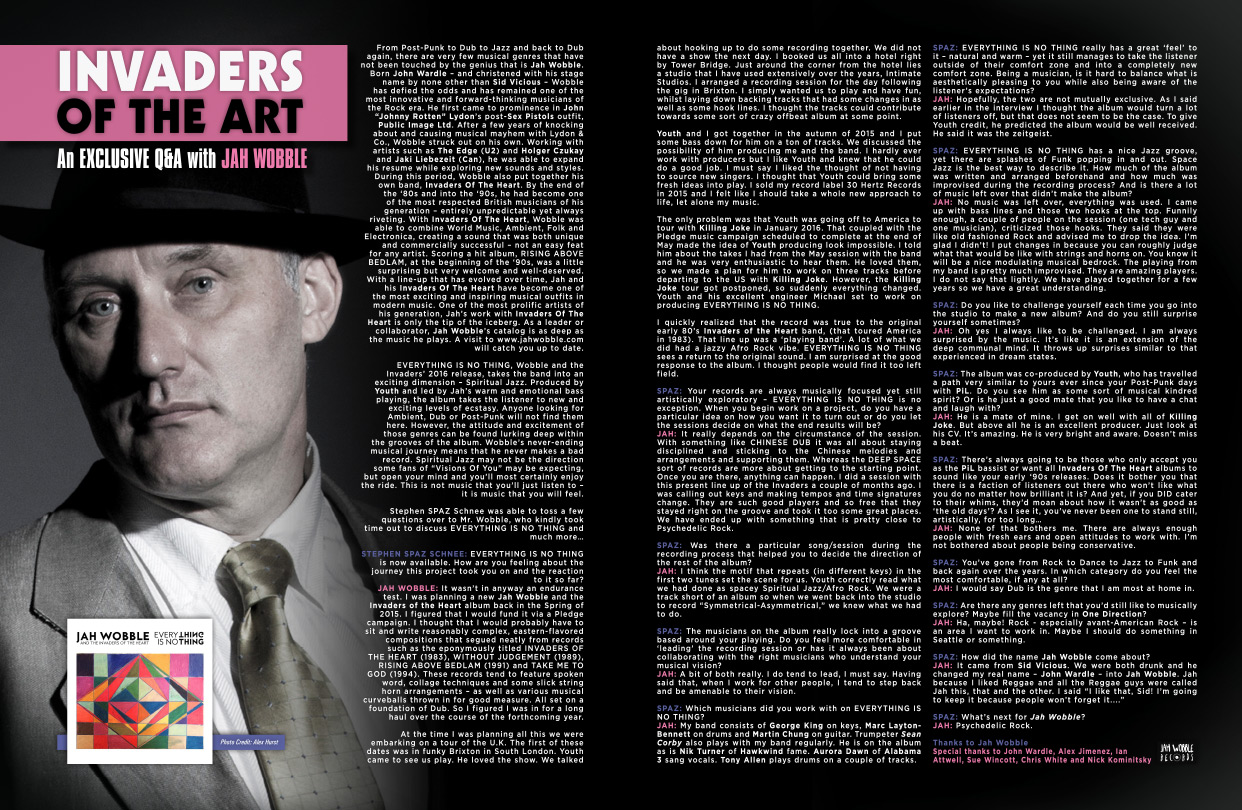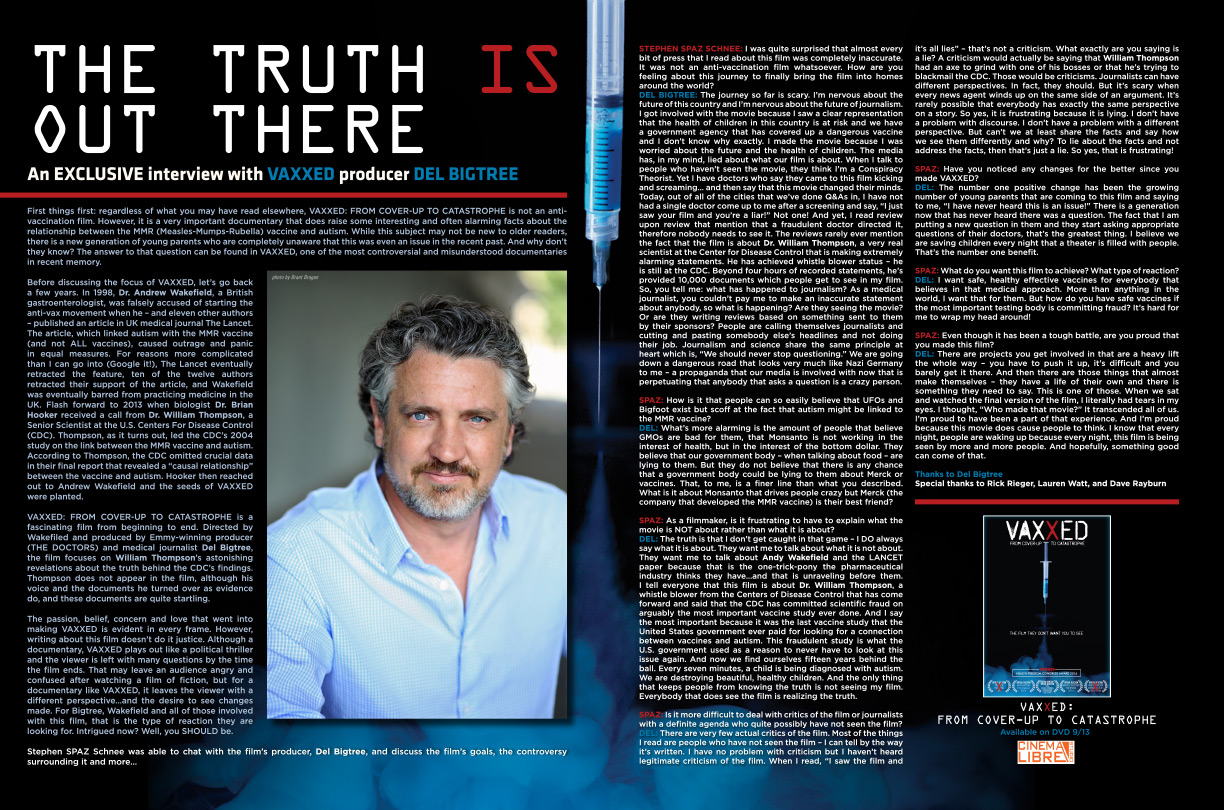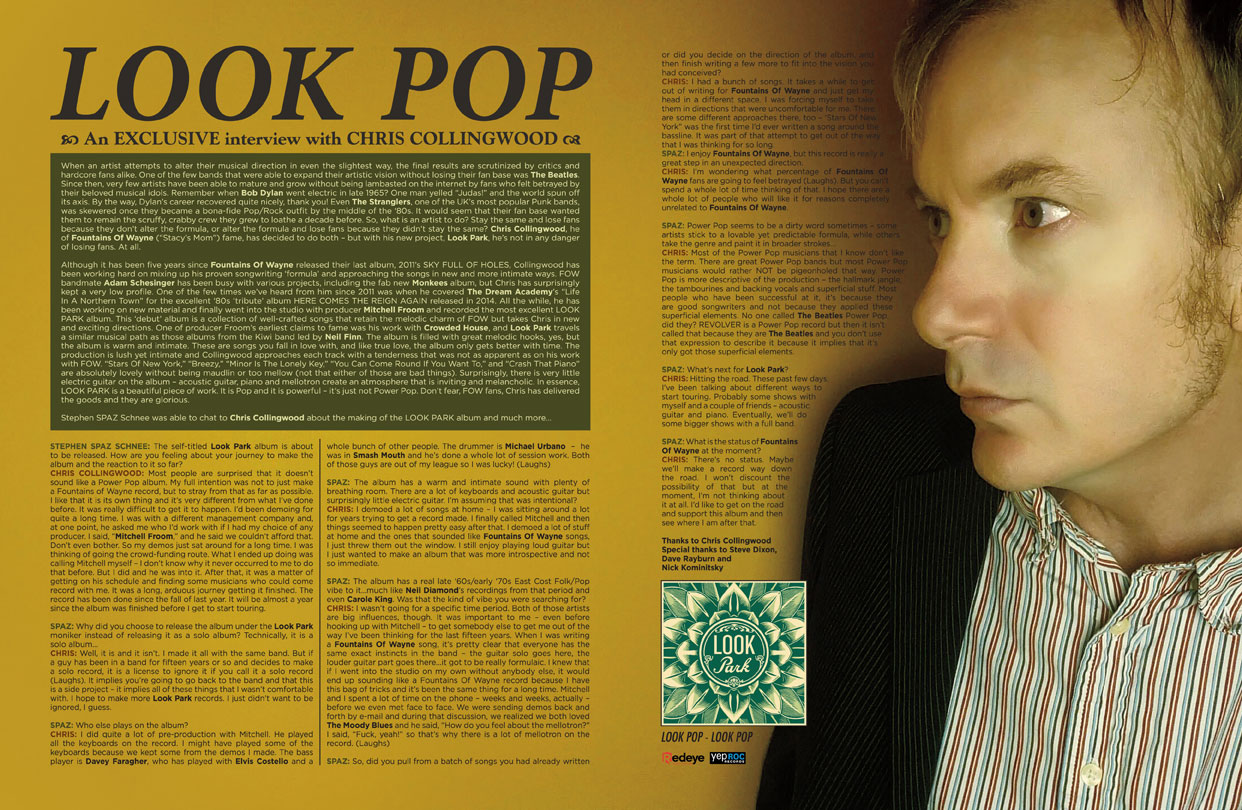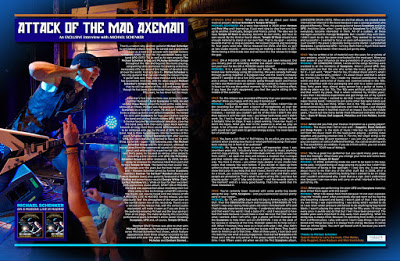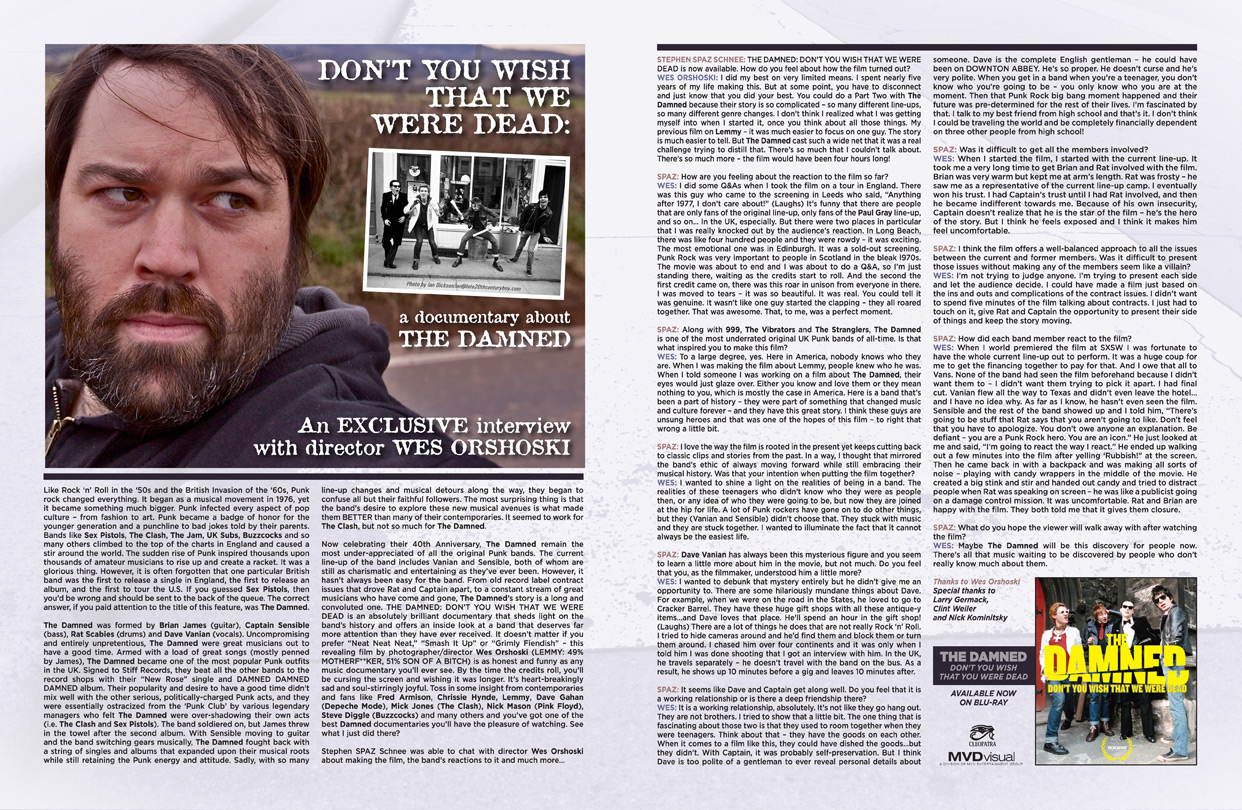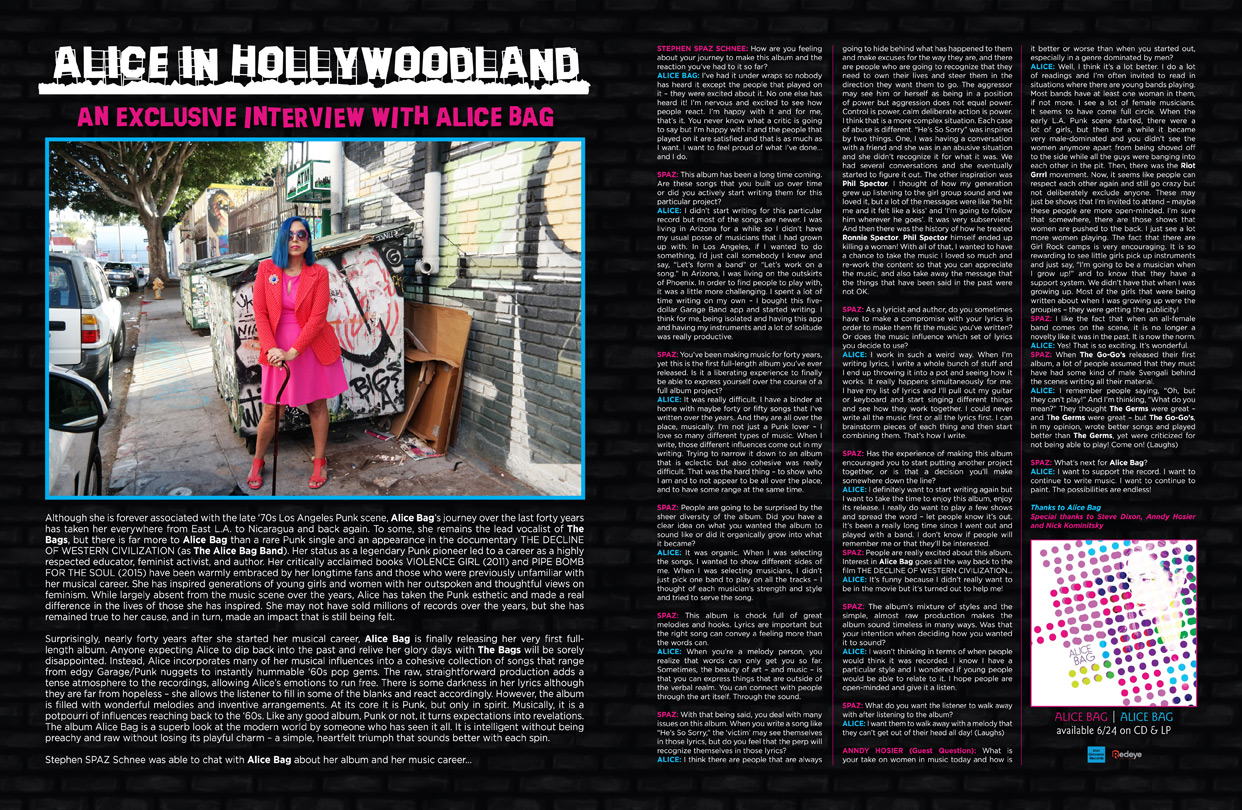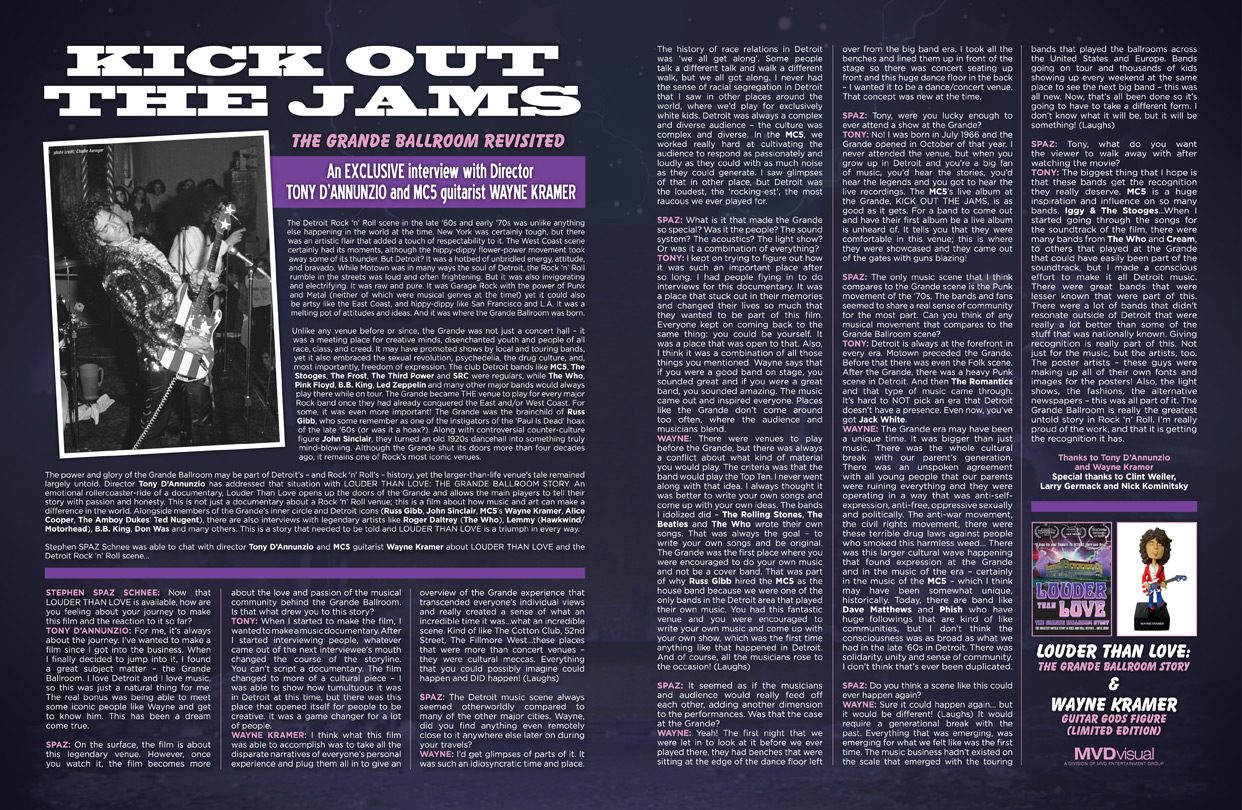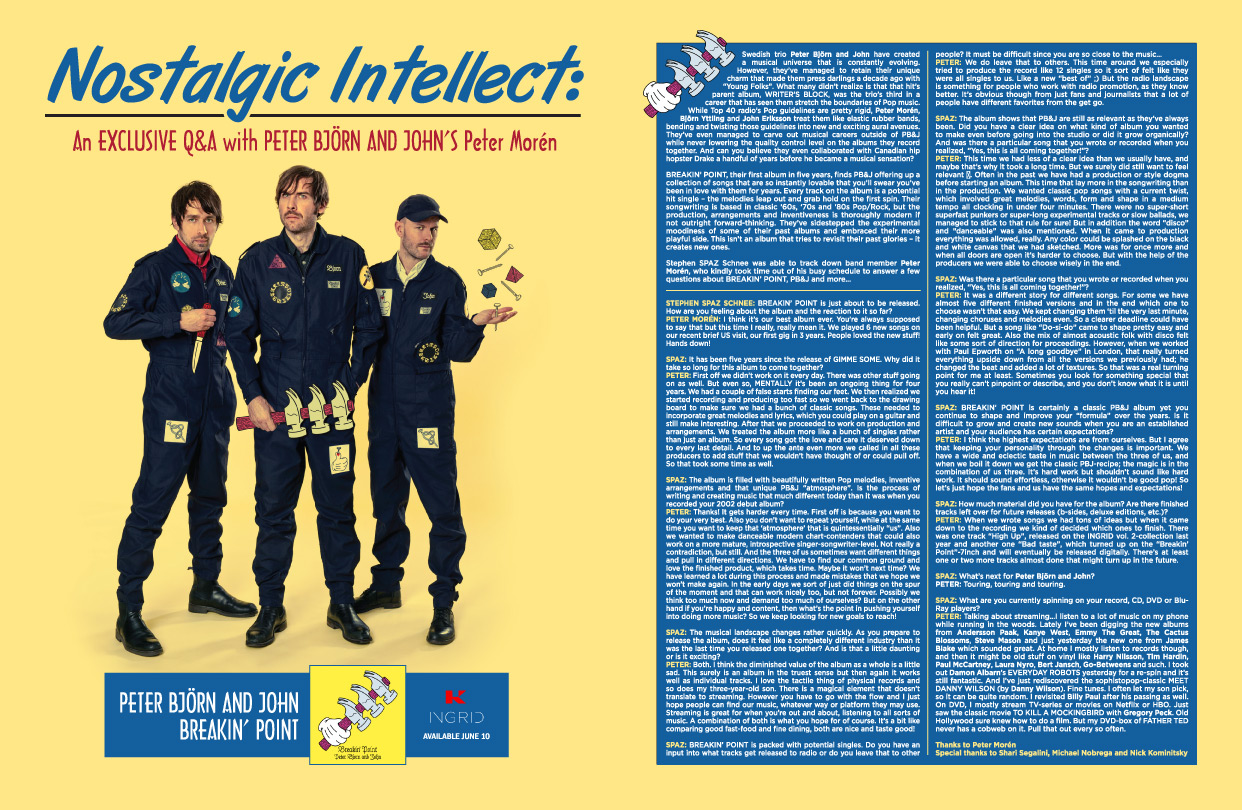Invaders Of The Art:
From Post-Punk to Dub to Jazz and back to Dub again, there are very few musical genres that have not been touched by the genius that is Jah Wobble. Born John Wardle – and christened with his stage name by none other than Sid Vicious – Wobble has defied the odds and has remained one of the most innovative and forward-thinking musicians of the Rock era. He first came to prominence in John “Johnny Rotten” Lydon’s post-Sex Pistols outfit, Public Image Ltd. After a few years of knocking about and causing musical mayhem with Lydon & Co., Wobble struck out on his own. Working with artists such as The Edge (U2) and Holger Czukay and Jaki Liebezeit (Can), he was able to expand his resume while exploring new sounds and styles. During this period, Wobble also put together his own band, Invaders Of The Heart. By the end of the ‘80s and into the ‘90s, he had become one of the most respected British musicians of his generation – entirely unpredictable yet always riveting. With Invaders Of The Heart, Wobble was able to combine World Music, Ambient, Folk and Electronica, creating a sound that was both unique and commercially successful – not an easy feat for any artist. Scoring a hit album, RISING ABOVE BEDLAM, at the beginning of the ‘90s, was a little surprising but very welcome and well-deserved. With a line-up that has evolved over time, Jah and his Invaders Of The Heart have become one of the most exciting and inspiring musical outfits in modern music. One of the most prolific artists of his generation, Jah’s work with Invaders Of The Heart is only the tip of the iceberg. As a leader or collaborator, Jah Wobble’s catalog is as deep as the music he plays. A visit to www.jahwobble.com will catch you up to date.
EVERYTHING IS NO THING, Wobble and the Invaders’ 2016 release, takes the band into an exciting dimension – Spiritual Jazz. Produced by Youth and led by Jah’s warm and emotional bass playing, the album takes the listener to new and exciting levels of ecstasy. Anyone looking for Ambient, Dub or Post-Punk will not find them here. However, the attitude and excitement of those genres can be found lurking deep within the grooves of the album. Wobble’s never-ending musical journey means that he never makes a bad record. Spiritual Jazz may not be the direction some fans of “Visions Of You” may be expecting, but open your mind and you’ll most certainly enjoy the ride. This is not music that you’ll just listen to – it is music that you will feel.
Stephen SPAZ Schnee was able to toss a few questions over to Mr. Wobble, who kindly took time out to discuss EVERYTHING IS NO THING and much more…
